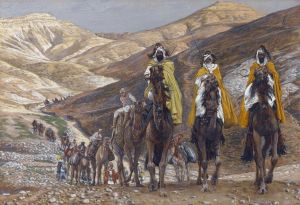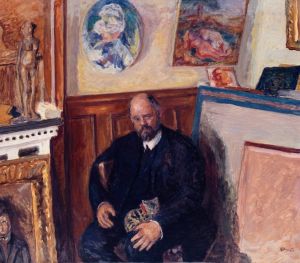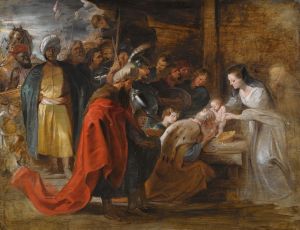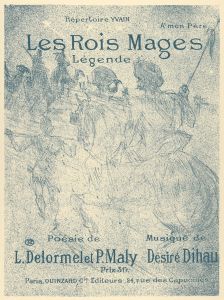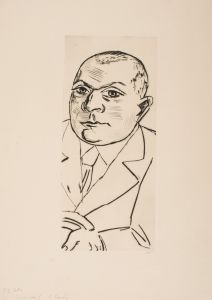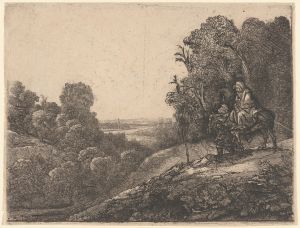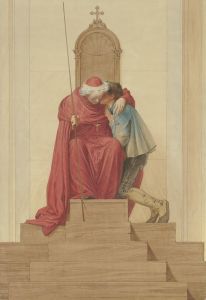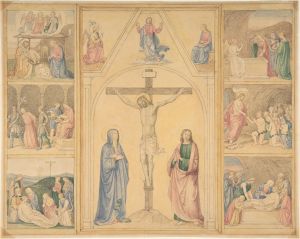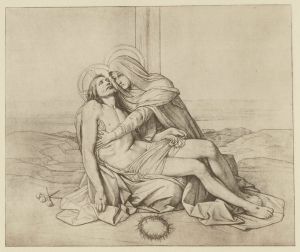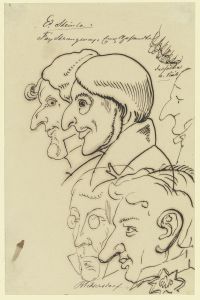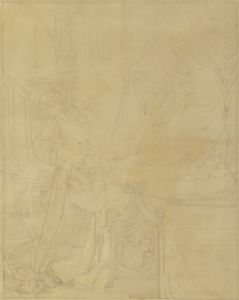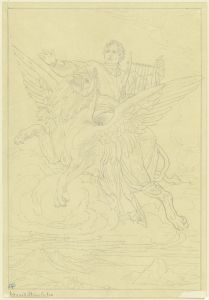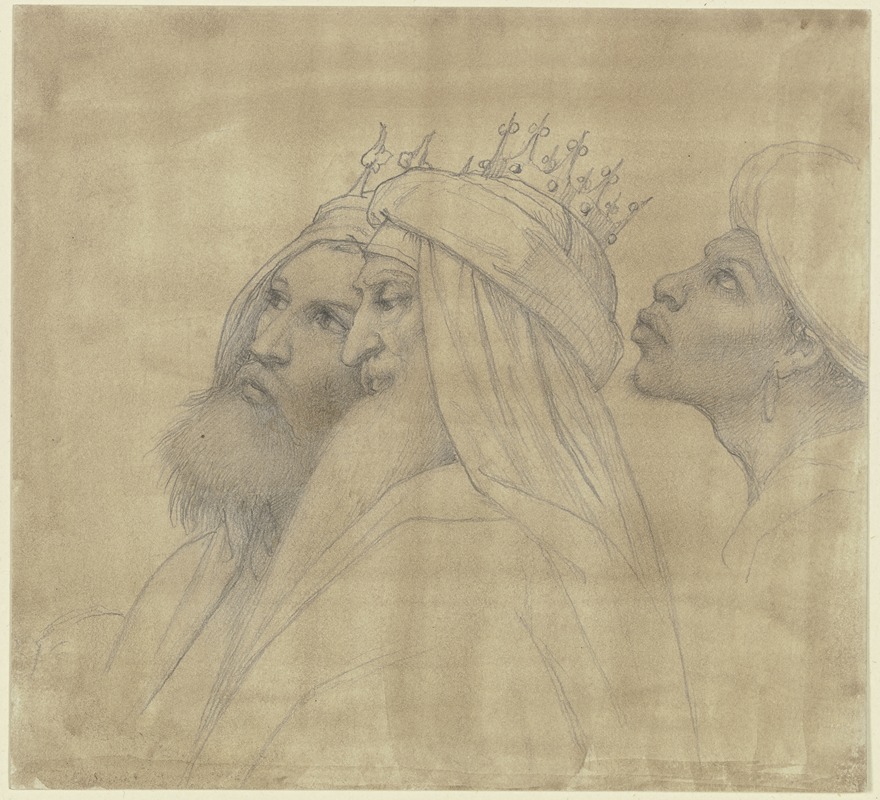
Köpfe der Heiligen drei Könige
A hand-painted replica of Eduard von Steinle’s masterpiece Köpfe der Heiligen drei Könige, meticulously crafted by professional artists to capture the true essence of the original. Each piece is created with museum-quality canvas and rare mineral pigments, carefully painted by experienced artists with delicate brushstrokes and rich, layered colors to perfectly recreate the texture of the original artwork. Unlike machine-printed reproductions, this hand-painted version brings the painting to life, infused with the artist’s emotions and skill in every stroke. Whether for personal collection or home decoration, it instantly elevates the artistic atmosphere of any space.
Eduard von Steinle (1810–1886) was a prominent German painter associated with the Nazarene movement, which sought to revive the spirituality and style of early Renaissance art. One of his notable works is Köpfe der Heiligen drei Könige (Heads of the Three Holy Kings). This artwork reflects Steinle's characteristic focus on religious themes and his meticulous attention to detail, which were hallmarks of his artistic approach.
Köpfe der Heiligen drei Könige depicts the heads of the Three Wise Men, also known as the Magi or the Three Kings, who are significant figures in Christian tradition. According to the Gospel of Matthew in the New Testament, the Magi traveled from the East to pay homage to the infant Jesus, bringing gifts of gold, frankincense, and myrrh. Steinle's portrayal of the Magi emphasizes their individuality and reverence, capturing their expressions with a sense of devotion and dignity.
The painting is executed in a style that reflects the influence of the Nazarene movement, which sought to combine the clarity and purity of early Renaissance art with a renewed focus on Christian spirituality. Steinle's work often featured religious subjects, and he was known for his ability to convey deep emotion and piety through his compositions. In Köpfe der Heiligen drei Könige, Steinle's use of color, light, and texture enhances the solemnity and sacredness of the scene.
While the exact date of the painting's creation is not widely documented, it is consistent with Steinle's broader body of work, which often explored themes from Christian iconography. The painting is notable for its intimate focus on the faces of the Magi, rather than a broader narrative depiction of the Adoration of the Magi. This approach allows viewers to engage closely with the emotions and spiritual significance of the figures.
Eduard von Steinle was a key figure in 19th-century German art, and his works are preserved in various museums and collections. However, specific details about the current location or provenance of Köpfe der Heiligen drei Könige are not readily available in public records. Steinle's legacy endures through his contributions to religious art and his role in the Nazarene movement, which influenced a generation of artists seeking to reconcile faith and artistic expression.
This concise overview provides a factual account of Köpfe der Heiligen drei Könige based on available historical information. Further research may yield additional insights into the painting's history and significance.





